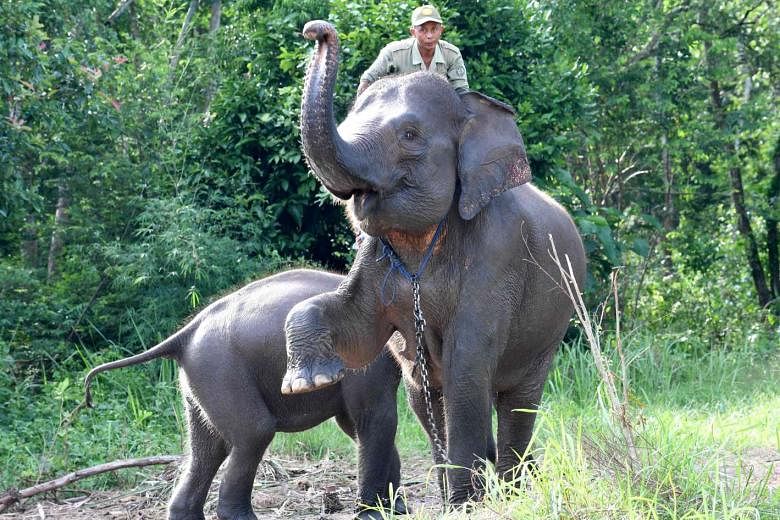Most associate the idea of mass extinction with the wipe-out of dinosaurs 65 million years ago. However, current extinction rates could spell the same fate for critically endangered species in the region, including the Sumatran elephant and Sumatran orang utan.
We are on the cusp of the sixth mass extinction event in earth's history. The global population of mammals, birds, reptiles, amphibians and fish has, on average, fallen by more than half in just over 40 years.
That is an average annual decline of 2 per cent - and there is no sign of it slowing down, warns World Wide Fund for Nature's Living Planet Report 2016.
According to the report, studies suggest that there are between 100 and 1,000 extinctions per 10,000 species every 100 years. If this trend continues, almost two-thirds of the world's vertebrate population will be lost by 2020.
But unlike past mass extinction events that were the results of changes in the environment such as atmospheric conditions, the biggest cause of the current extinction is human-induced change.
And it is happening on our doorstep. Some of the world's most biologically diverse tropical forests can be found on the Indonesian island of Sumatra. There, species like tigers, rhinos, orang utans and elephants are under threat from large-scale deforestation, unsustainable agriculture and the illegal wildlife trade.


